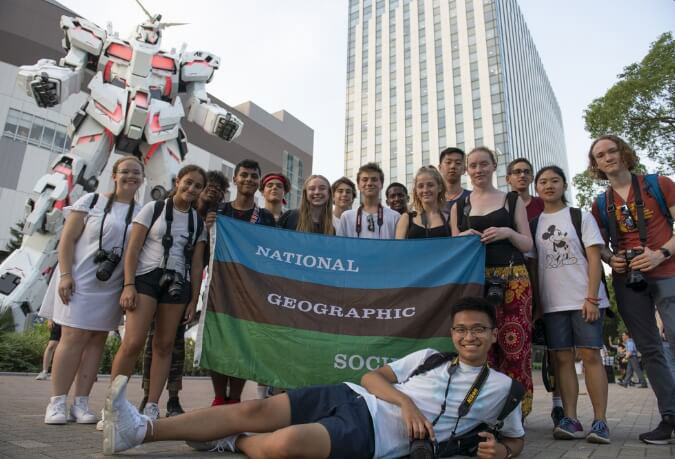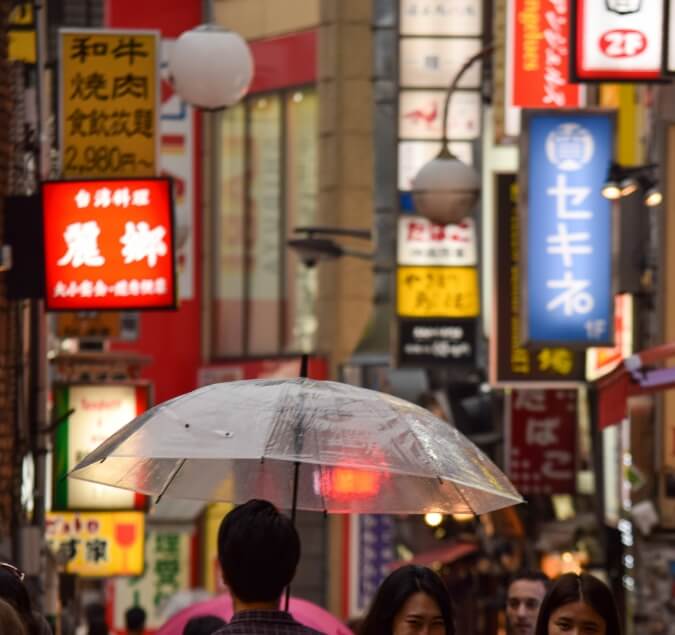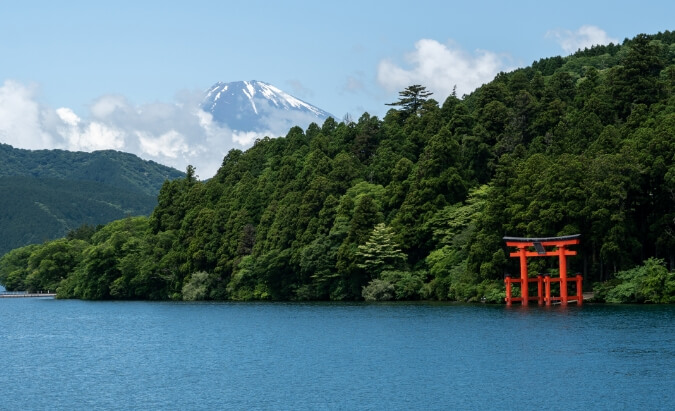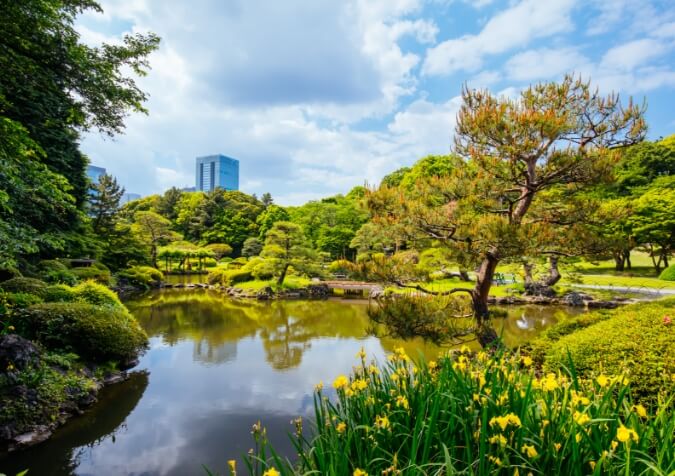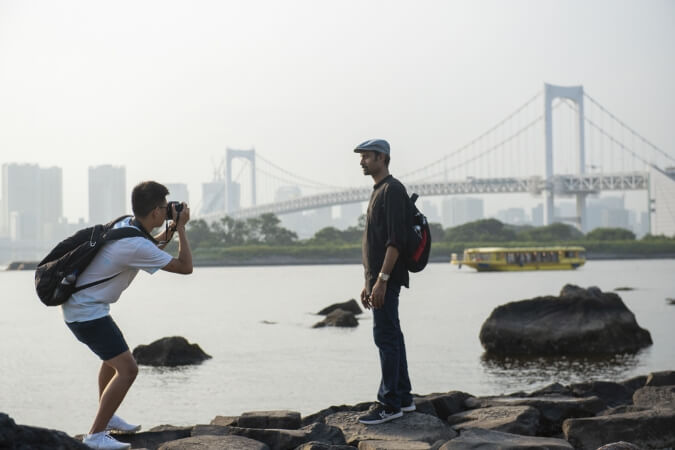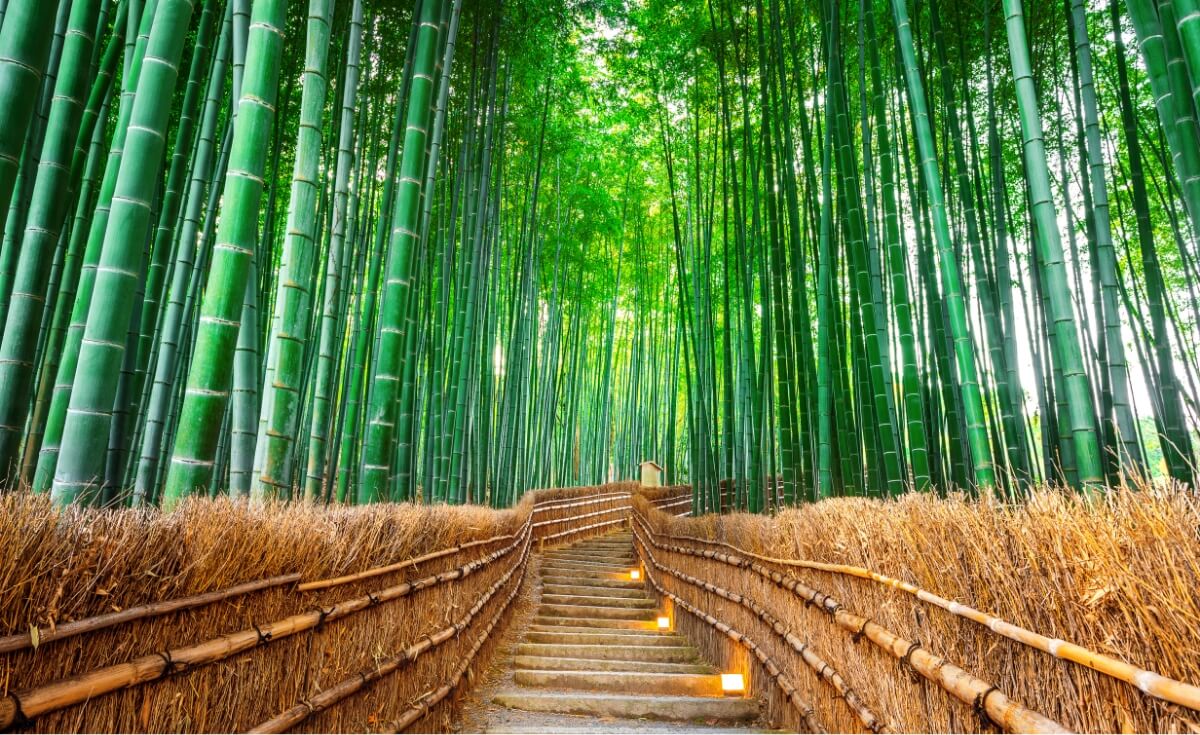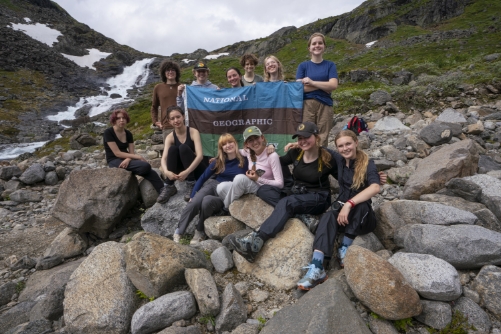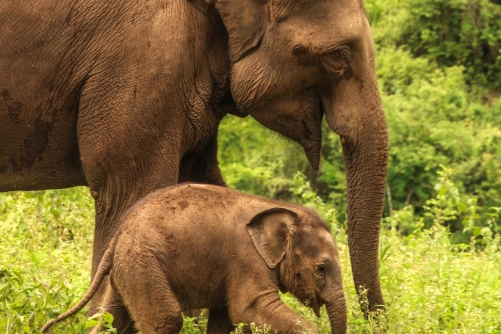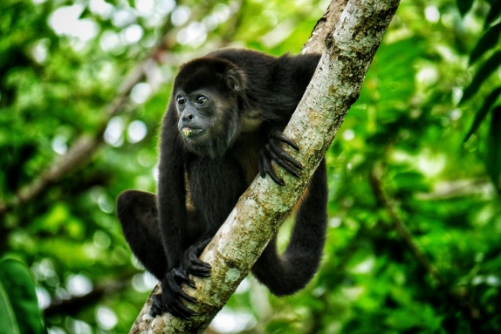JapanCultural Heritage from Mountains to Metropolis
The interplay of tradition and innovation is an important element of Japan’s culture. This summer, choose either the Photography or Anthropology, Culture, & Tradition On Assignment theme and explore the intersections of ancient cultural practices and modern life. Photograph the bustling urban hub of Tokyo, meet with Buddhist monks and learn meditation techniques, and witness sites significant to the country’s shogunate and feudal history. Through the lens of your On Assignment project, explore the many ways in which cultural practices, both ancient and modern, overlap and inform the daily lives of the Japanese people today.
Details
Highlights
- Photograph iconic sites such as Himeji Castle and Kiyomizu-dera
- Take part in chadō, the traditional Japanese tea ceremony
- Climb one of Japan’s three holy mountains and hike through a volcanic crater
- Explore art and surroundings that inspire modern Japanese media
Meet the Expert
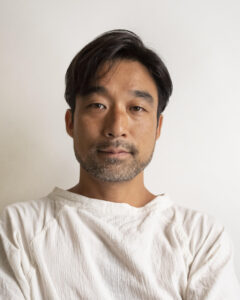 |
Hiroki Kobayashi, Photographer |
Hiroki Kobayashi is a photographer, originally from Hiroshima, Japan, and based in Lisbon, Portugal since 2023. Kobayashi has produced varied bodies of work focusing on people and places in Brooklyn and Japan. His photographs have been published in National Geographic, The New York Times, The New York Times Style magazine Japan, The Guardian, and Photo District News, among others. While living in the U.S., he has had solo exhibitions of his work at FiveMyles Gallery and the Museum of Contemporary African Diasporan Arts in Brooklyn, N.Y. He was awarded the Brooklyn Arts Council Regrant Program in 2010, 2011, and 2012.
Itinerary
This itinerary represents our best projection of the group’s schedule. However, we may implement changes designed to improve the quality of the program.
- Departure
- Travel Day
Meet your fellow high school student travelers and one or more of your leaders at the San Francisco airport, and fly together to Osaka, Japan.
- Osaka, Himeji, & Nara
- 5 days
Spend your first days in Japan in the bustling hub of Osaka and get to know your fellow students, leaders, and On Assignment team. Explore the Dotonbori district, home to a dazzling array of neon, animated signs, food, shopping, and culture along the Kizu River. Ride the enormous Ferris wheel at the center of this district for stunning city views, and eat some of Osaka’s famous okonomiyaki. This hub of the Kansai region is often called “The Nation’s Kitchen,” and offers a huge array of culinary treats. While here, take day trips to some of Japan’s most important historical sites. In Himeji, witness one of Japan’s most famous monuments and a UNESCO World Heritage site. See the castle where the fate of the shogunate was decided 400 years ago. Learn about the Battles of Sekigahara and the Summer War, and the birth of the Edo era. In Nara, feed the domesticated deer that roam the spacious park surrounding Japan’s first and oldest capital city, including one of the country’s oldest daibutsu, or “Giant Buddha” statues.
- Amanohashidate & Tajima
- 3 days
Head off the beaten path of the Pacific coast and explore the Japanese countryside as you head to the less-populated side of Honshu for one of Japan’s “Nihon Sankei”—or “Three Most Beautiful Views”—at Amanohashidate, or “Bridge in the Heavens.” The beaches on this unique stretch of sand that encloses Miyazu Bay from the Sea of Japan (East Sea) is the perfect place to ride a bicycle among the ancient pines, or sun yourself next to the waves. Have a picnic on the beach and hop in for a swim before you head to a traditional onsen hot spring town to bathe in restorative waters and taste local specialties. Along the way, meet and meditate alongside the Buddhist monks at a beautifully landscaped temple devoted to the healing hot spring waters. Visit the ancient structures of a castle outpost and try handmade zaru soba noodles before hopping aboard a train to reconnect with the urban side of Japanese life.
- Kyoto
- 4 days
Next, travel southwest to Kyoto, an ancient capital city, and explore one of the country’s most extensive networks of intact cultural sites. Visit the world-famous UNESCO World Heritage site of Kiyomizu-dera, view and photograph the visual rock garden puzzles of Ryōanji, witness the famous multi-level pavilions of Kinkaku-ji, and walk the “Philosopher’s Path” through tranquil Japanese garden landscapes. Travel to Arashiyama and wander bamboo forests filled with ancient shrines and temples, see a maiko show performed by geisha and participate in chadō, the traditional tea ceremony.
- Gifu, Mt. Hakusan
- 3 days
From the ancient temples of Kyoto your train winds northeast past the famous Lake Biwa and takes you to the edge of Gifu and Ishikawa prefectures. Get outfitted at the ancient “imperial resort” town of Kanazawa to hike through a dormant volcanic crater covered in wildflowers and natural wetlands at the base of Mount Hakusan. Ascend from there to the majestic views atop one of Japan’s three “holy mountains'' and stay in a traditional pilgrim’s lodge. Descend to a UNESCO World Heritage site at Shirakawa-go village, an immaculately preserved straw-thatch roof community nestled in Gifu’s verdant valleys. Stroll Edo-era streets lined with traditional architecture and interact with this living history as people go about daily life in a place dedicated to preserving thousands of years of history and culture.
- Tokyo
- 3 days
Return to modern urban Japanese life in the mega-city of Tokyo, one of the largest cities in the world. Celebrate the end of your journey at iconic spots in Japan: Tokyo Skytree, Tsukiji fish market, Sensō-ji, and more within close proximity to centrally located accommodations. Get a hefty dose of Japanese pop culture at Takeshita Street in the Harajuku district and take in the burst of colorful stores, Tokyo fashion, and themed cafes. Present your On Assignment projects to your group and spend your final night celebrating your Japan experience with your group before heading home to share all you have seen and experienced.
- Return
- Travel Day
Fly from Tokyo to San Francisco with your group and a leader, then continue on to your final destination.
A Day in the Life: Kyoto
Due to the traveling nature of this student program abroad, each day is different. Here is a snapshot of a day in Kyoto
- Enjoy a traditional breakfast at your hotel
- Travel to the center of the city and see Shijo castle
- Stroll to Kiyomizu-dera and view the city from its iconic “stage”
- Enjoy a traditional shime saba pressed sushi lunch
- Wander the riverside at Gion and shop for handmade Japanese goods
- Take part in chadō, a traditional tea ceremony
- Eat dinner together at a restaurant in the city
- Watch a bunraku, noh, or maiko performance at Gion Corner
- Group meeting to discuss the day and upcoming schedules
What to Expect
- On Assignment Themes
Choose either the Photography or Anthropology, Culture, & Tradition On Assignment theme, and break into teams to delve further into your area of focus.
Photography: Photographic opportunities are everywhere as we hike wooded trails lined with orange torii gates, capture cityscape views from the top of Tokyo’s Skytree tower, or ascend the top of a sacred mountain peak. The temples and shrines of Kyoto and Nara provide ample opportunity to document traditional and historical architecture, and the dazzling streets of Osaka and Tokyo offer a neon-lit window into modern Japanese city life. Review your images with your peers, leaders, and the National Geographic Explorer as you create a portfolio that tells the story of your travels.
Anthropology, Culture, & Tradition: Trace the origins of Japan’s bright, colorful modern pop-culture and artistic styles to the woodblock ukiyo-e of the Edo period and delve into the fascinating world of youkai, spirits and ghost stories of Japanese folklore. Additionally, Japan’s reputation for craftsmanship and detailed workmanship is unparalleled. See and explore the processes behind lacquerware, regional ceramic technique, culinary specialties and other examples of mastery passed down through generations.
- Language
Proficiency in Japanese is not required. However, if you speak or study Japanese, you will have opportunities to communicate in Japanese. If you don’t speak Japanese, you will have the opportunity to learn some basic language skills.
- Physical Activity
This is an outdoor-focused, active summer travel program. We are outside in warm or hot weather for many activities on this trip, including hiking, swimming, and other activities such as taiko drumming, meditating, and biking. It is important that you have a desire to be physically active, and that you are excited about trying all activities.
- Lodging
We stay primarily in Western-style hotels for this trip. For a few days we stay in more traditional lodging, with tatami floors and futon mattresses.
- Meals
Breakfast will take place at our accommodations, while lunch and dinner will be eaten out, with a variety of local foods and specialties.
Please call our office with any questions about the physical nature of this program or to discuss specific accessibility and accommodation questions.
Watch Program Webinar
Related Programs

